BRITTANY, France — My favorite memories from the last trip my husband and I took to Saint Malo and Quimper, two of the more populated towns in Brittany in northwest France, include eating the best oysters of my life at Chez Jacky, seeing blue hydrangeas as big as basketballs, and driving rugged coastlines reminiscent of a French Maine. We also loved the little town of Pont-Aven where we bought tins of buttery biscuits and imagined Gauguin and his friends painting en plein air.
That trip was in September. When we returned this past April, bound for the magical Domaine de la Bretesche in Missilac — a more rustic, non-touristy part of the region, full of authentic Breton atmosphere — an unseasonably warm spell accompanied us every day. After a three-hour drive from Paris, past picture-perfect farms, eye-popping yellow fields of colza (the rapeseed plant used to make canola oil), and balls of mistletoe lodged inside bare trees, we pulled off the highway and within minutes were faced with a château straight out of a fairytale. The 500-year-old apparition had all the castle-y accoutrements: turrets, a drawbridge, and a silvery lake. Château de la Bretesche is not open to the public, but makes for a spectacular backdrop to Domaine de la Bretesche, one of a few Relais & Châteaux properties in the area.
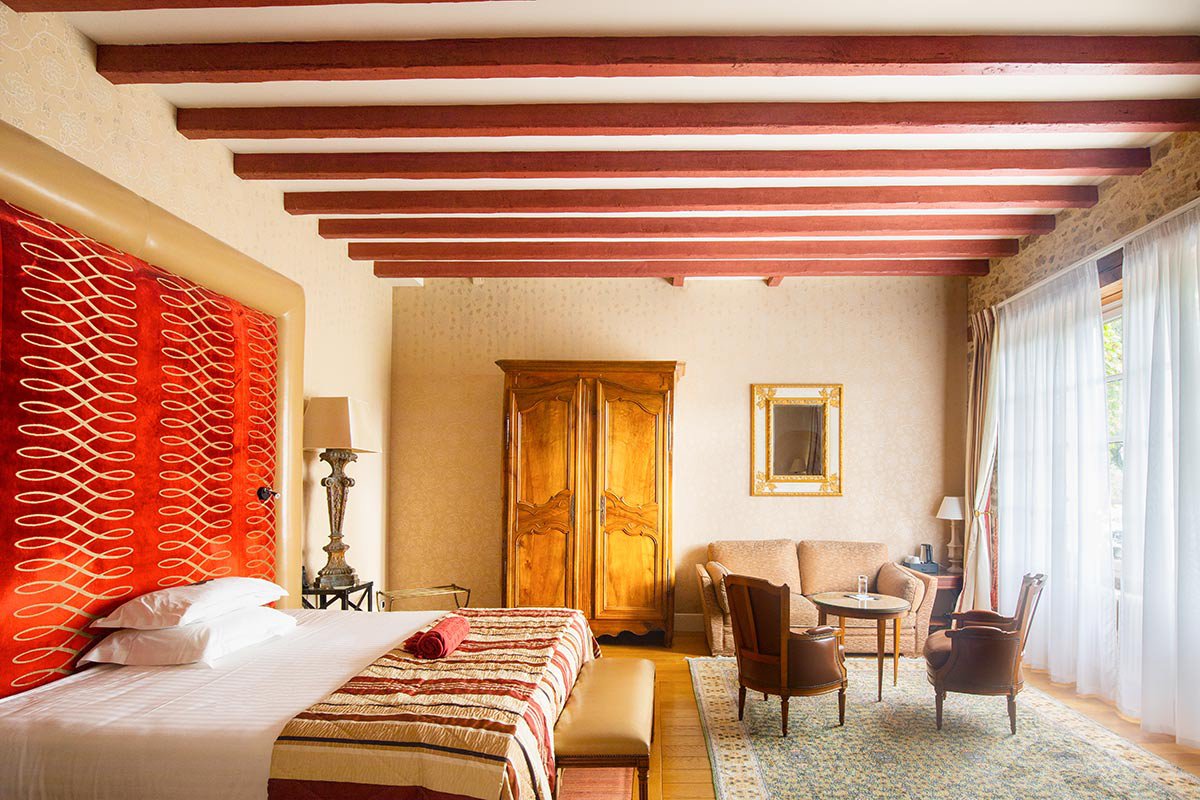
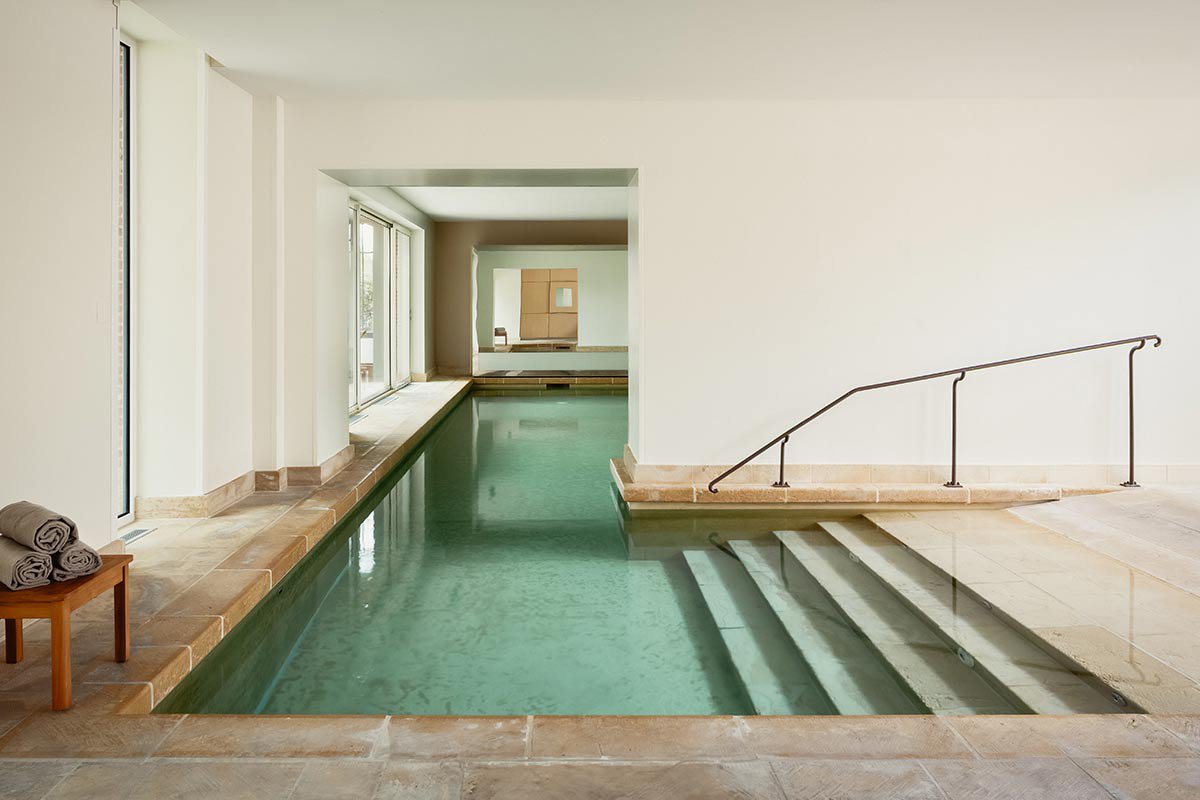
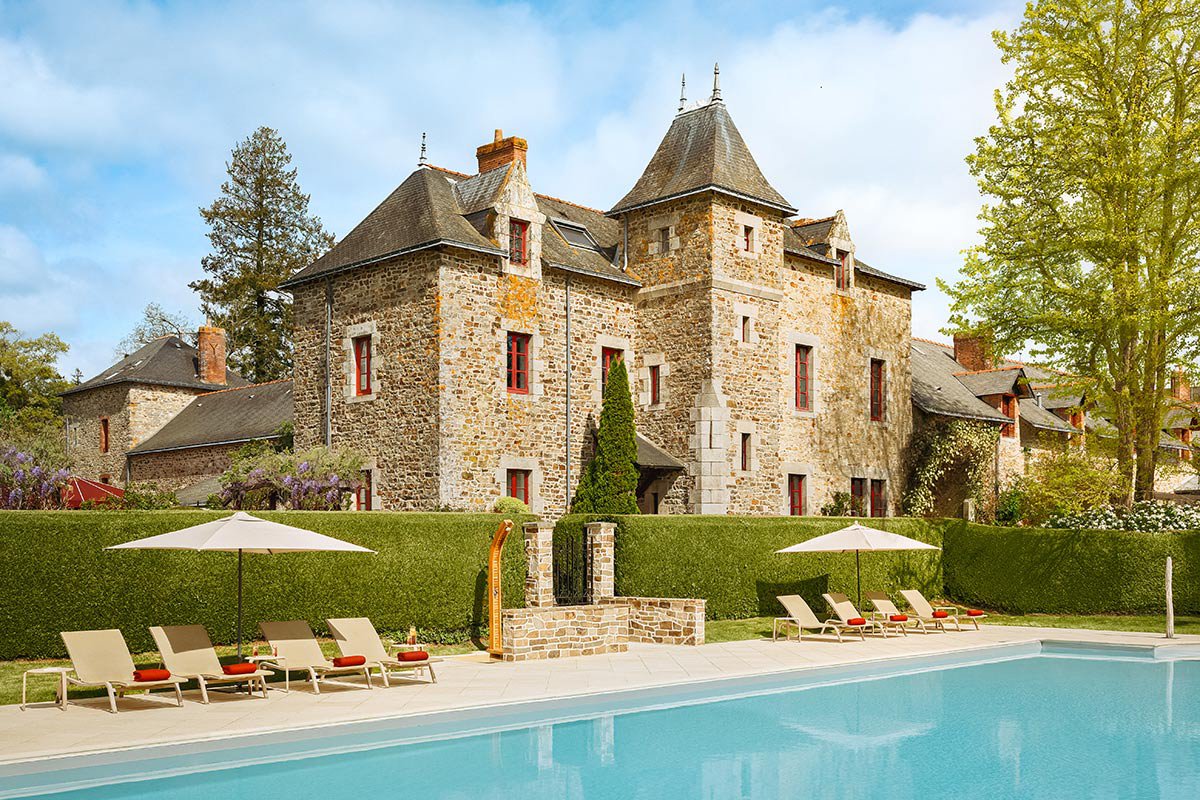
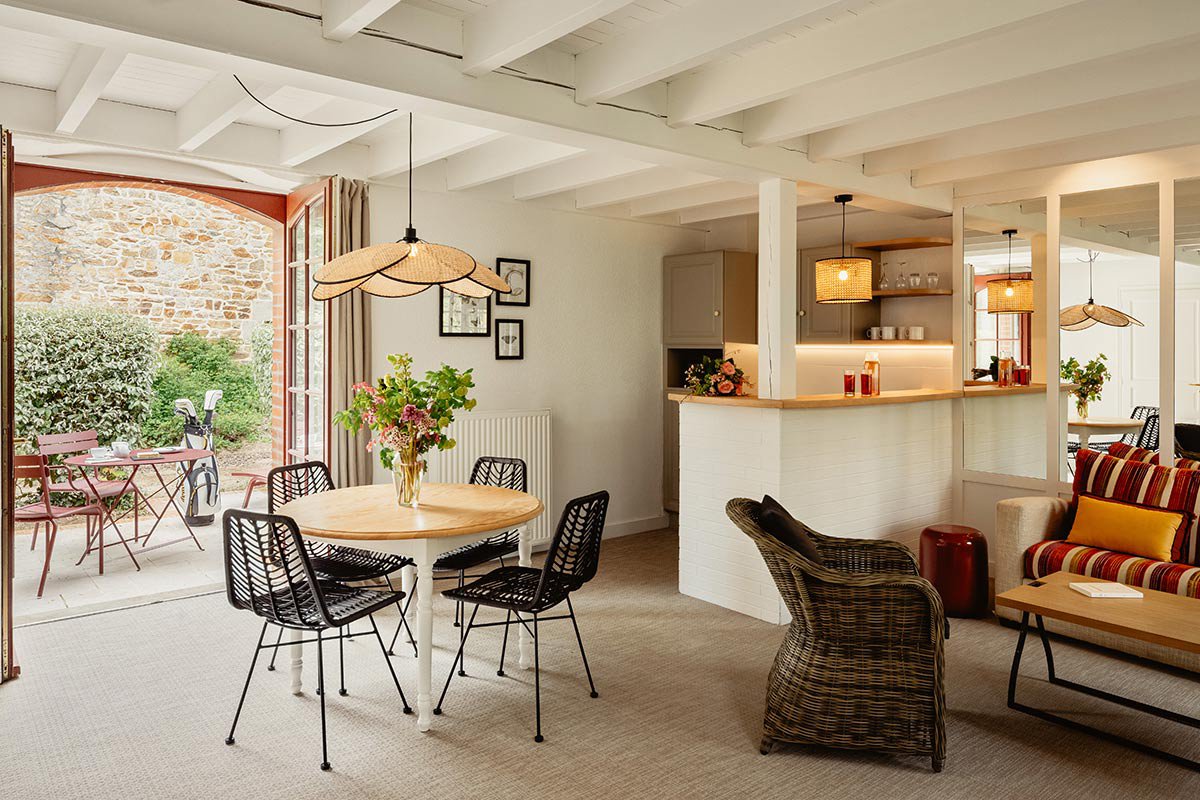
Swim, Stay, Stroll, and Golf, Immersed in Beauty
With just 40 rooms, Domaine feels more like an elegant country estate than a hotel. Instead of taking the elevator to our second-floor suite, I loved running up and down the stone stairs, past a medieval-looking tapestry of trees. The pale grays and varied green tones of our suite were pretty and subdued. Lush bedding, thick drapery, moody lighting, a comfy couch, and the most gorgeous forest wallpaper perfectly reflected the scenery. A well-lit desk area and large, lavish bath with both a shower and a tub were welcome additions. Best of all was the view of the château rising from the mist in the morning and fading into twilight at night.
Domaine has a world-class, 18-hole golf course set amid a century-old forest. According to hotel general manager Alain Blondeau, it’s never crowded, allowing guests to book their preferred tee time, warm up at the driving range, or take a lesson from the pro. The clubhouse, well-equipped shop, and nearby brasserie all make for a perfect day on the course. Non-golfers can relax at the heated outdoor swimming pool, play tennis, or hop on the property’s bikes and explore.
I opted for a few hours at the Cour Carrée Spa, 90 minutes of which consisted of the Signature of the Domaine massage. Jeanne, my masseuse, greeted me with an apple carrot juice followed by a unique treatment using manual pressure and bamboo sticks, a first. I recovered in a lounge chair overlooking the manicured grounds at the indoor pool, after which a walk to the chef’s vegetable garden added backstory to the Domaine’s fresh food.

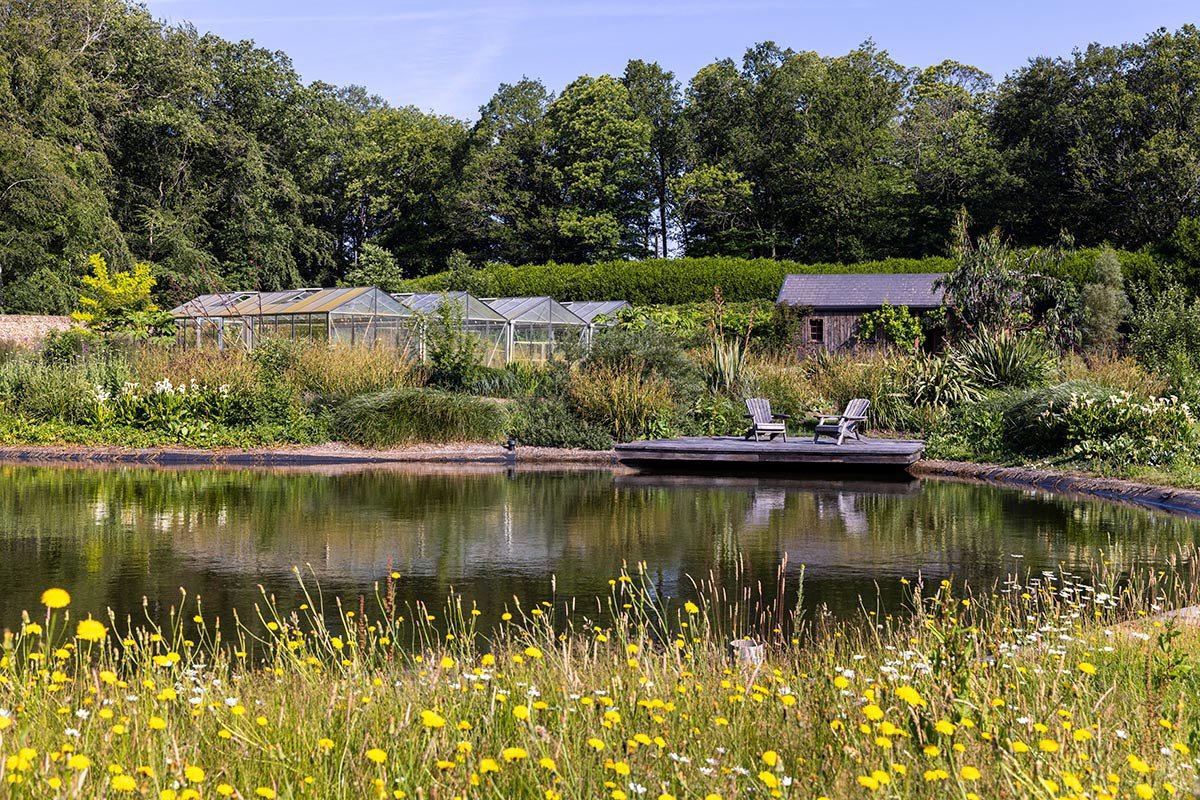
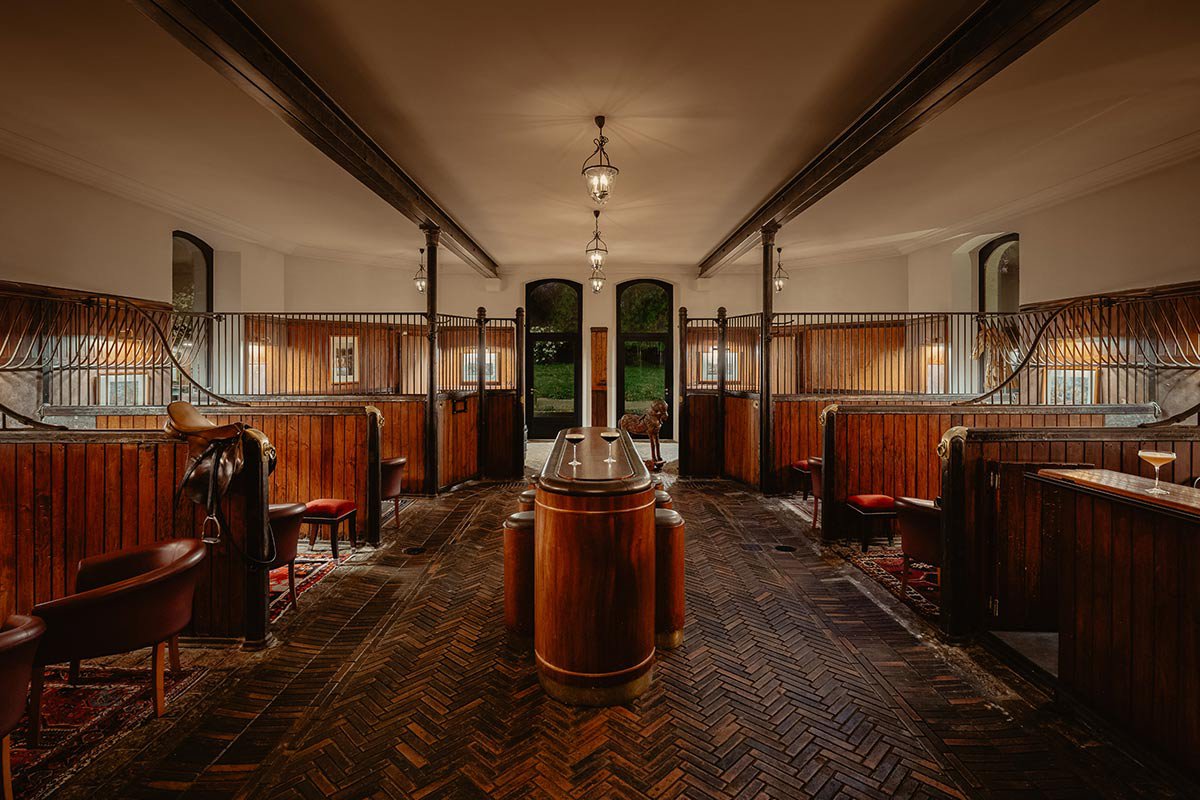
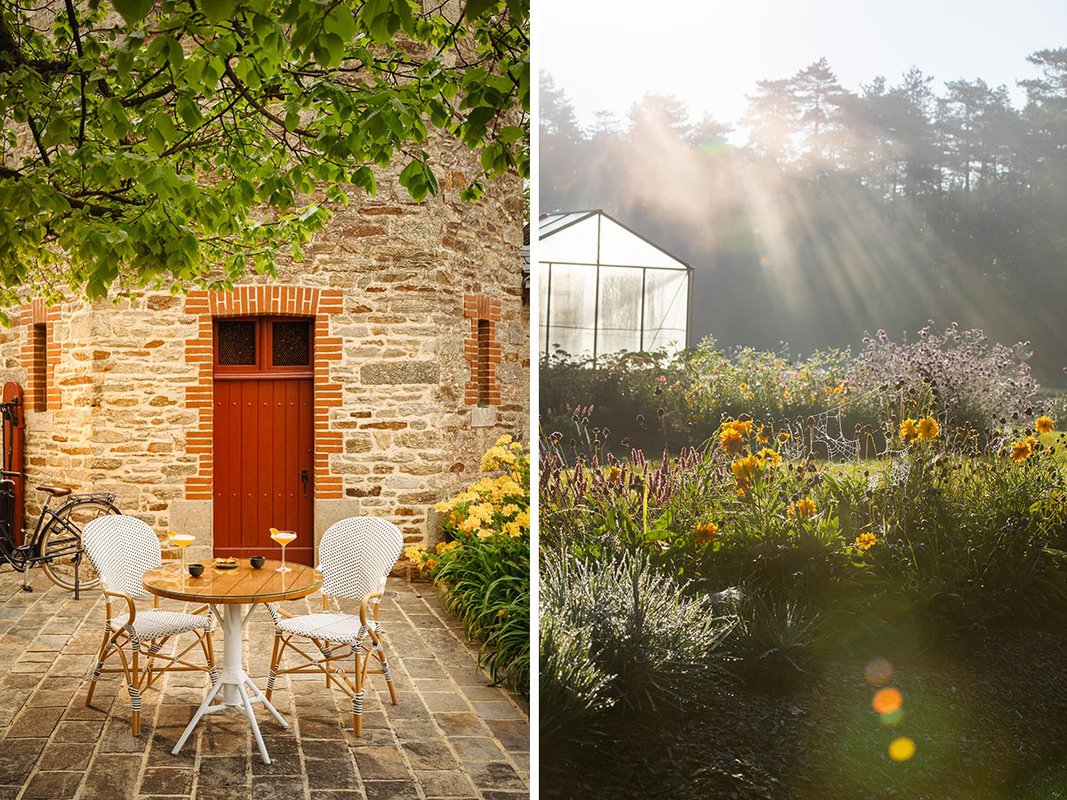
I Expected Great Cuisine. It Exceeded My Expectations
One of the several appealing places to eat and drink at the Domaine is extremely atmospheric: the hotel bar in the castle’s former horse stables, where polished wood, iron grates, and beautiful, original artifacts create a special mood. We sidled into the stalls, now cozy booths, and sampled the great selection of beers, cocktails, and wines.
We had dinner on our first night at Le Club, the casual outdoor brasserie across a flower-filled stone courtyard overlooking the golf course where big white banquettes, comfy armchairs, and a pop-art rug make for a bright ambiance. Although the menu had a lot of choices, we were in the mood for burgers and gave in to our craving. We asked for a cheeseburger (which wasn’t on the menu), and what arrived was one of the best burgers I’ve ever tasted. On a soft seeded bun, the meat was so flavorful, the impromptu topping a tangy local white cheese, the fries were perfectly burnished. Even the little side salad sang.
The next night, we experienced executive chef Felipe Sylvestre’s talent with dinner at Le Montaigu, the elegant restaurant overlooking the lake and the castle, named for the family who once occupied the château. A superb wine pairing accompanied scallop carpaccio with caviar and grilled local mullet and cauliflower. Dessert of chocolate puffs and perfect little cookies was paired with a local rosé — a completely different way to enjoy a wine usually served as an aperitif.
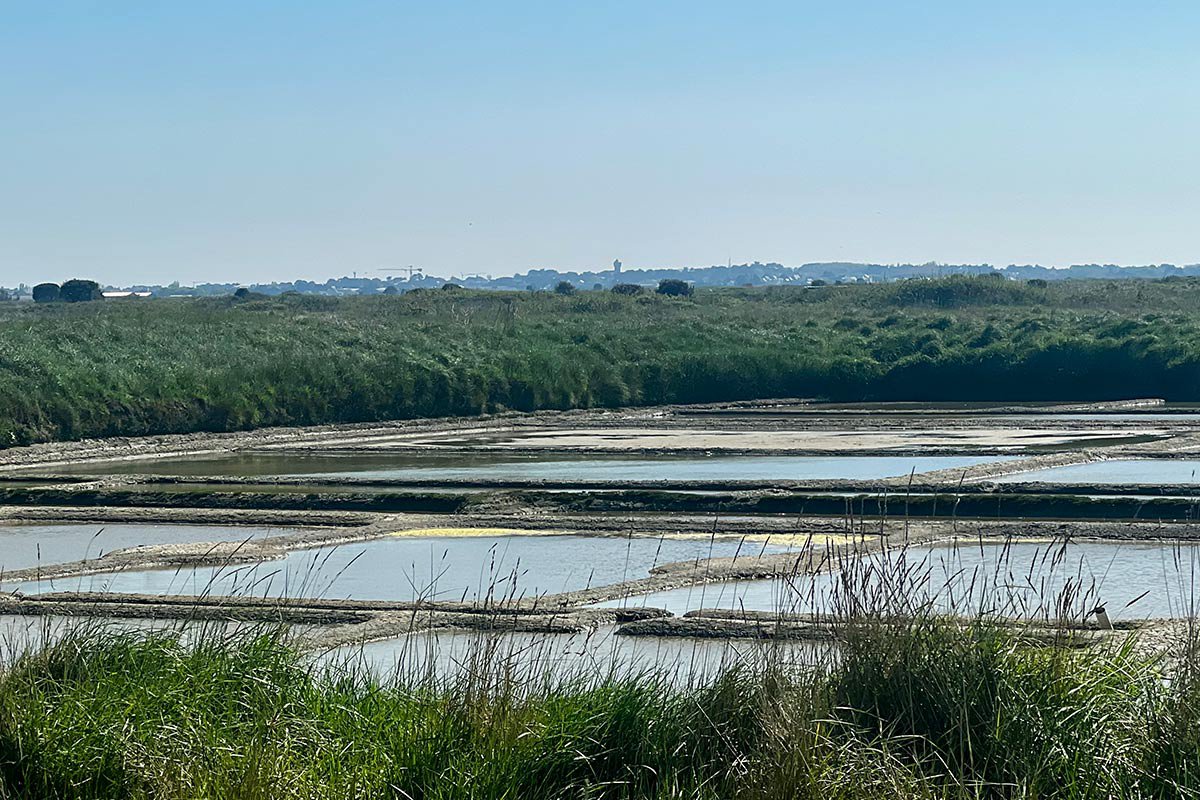
Uncrowded Pleasures Await Nearby
We spent a day exploring the surrounding area on nearly empty, well-marked roads past gorgeous trees, flower gardens, and charming houses. We stopped at Kerhinet, a miniscule village of Breton-style buildings with thick, thatched roofs. While this roofing style of natural plant materials was developed in the 17th century, it’s still used in the area today, even on newer homes. Kerhinet has a restaurant and small, owner-run shops selling artisanal crafts.
Because I’m a salt aficionado, I couldn’t wait to visit the Guérande Salt Marshes, about 45 minutes from the hotel. (Salt is big around here.) In an area of smaller businesses, we were surprised to pull up to a huge, industrial-looking building behind the surrounding salt flats. Inside, we found a large store with more salt than I’ve ever seen in every possible size, shape, and container — from small souvenir packets to giant bags and buckets that would be a challenge to carry. Gray cooking salt and more expensive (though still relatively inexpensive) fleur de sel finishing salt made of crystals gathered on top of the marshes were the varieties sold, along with other local specialities like caramels and cookies. Group tours in French were gathering outside as we waited for Arnaud, the English-speaking guide with whom we’d arranged a private tour. A proud Breton with a young family, he could not have been more enthusiastic about the area or the time-honored ways the salt is gathered. We walked through the marshes for a little over an hour as he pointed out every nuance of the process.
Laden with salty purchases and salted caramels, we next went to the Brière Marshes, a 20-minute drive from Guérande. Officially called La Grande Brière, the park is a nature lover’s paradise of channels, reed beds, and water meadows. Black and green flat-bottomed wooden boats called chalands were available for hire, and we joined several others on a trip up and down the channels. With birdsong above and fish flapping below as the boat glided along, even the occasional bug held a particular charm. Our captain was a local teenager extremely skilled at steering the boat from the rear with a very long stick — very French gondolier. The trip was relaxing and so beautiful. No one on the boat spoke English, but no words were needed.
A Final Stop at the Sea
The day we left, we wanted to visit a beach town before driving back to Paris. Arnaud recommended his favorite, Piriac-sur-Mer, a little less than an hour away. What good advice. Because it was spring, the town was not yet in full summer swing. We saw lots of couples and families strolling, dining indoors and out, soaking up the seaside atmosphere.
We walked along a shoreline that was beyond picturesque. Kids scrambled along flat slabs of rocks reaching out into the water, enjoying the slippery challenge. We strolled adorable little streets with stone walls and small houses toward the port where shops with open doors had set up wares outside. A little carousel was a big attraction.
We stopped for a memorable lunch at the weathered Hotel du Port, where large groups of French families ate inside and two young servers somehow had the whole place under control. Whatever passed by us en route to the other tables looked amazing. My husband had his heart set on oysters and ordered a huge platter and a glass of muscadet (always a good combo).I had a crisp, delicious local cider served in a ceramic cup — and soon ordered another. The star was my seafood stew, which I couldn’t pass up after seeing it delivered to the table near ours. Full of mullet, shellfish, potatoes, and an array of perfectly cooked vegetables, it was beyond.
Bretons Are Proud, and Rightly So
No matter who we spoke to, those born and bred in Brittany (as most residents are) showed true love for their home. Despite rough winters, they said they’d never want to live anywhere else, reveling in their history and ancestry.
Paris is perfect and the south of France is sublime, but Brittany, a favorite vacation destination of the French, offers something those more popular locales don’t: a chance to see French life as it truly is. This part of the region is all but devoid of commercialism. There’s a hearty, natural beauty to it all — and Domaine de la Bretesche offers a stunning soft landing. With surprisingly affordable rates for such a plum property, it’s just the right home base for exploring the area’s authentic pleasures.
Keep Exploring the French Countryside
French Country Escapes
Biking and Drinking and Chilling in Burgundy
Explore — and Drink! — Champagne Like an Winemaker






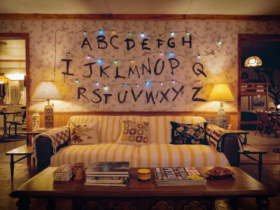
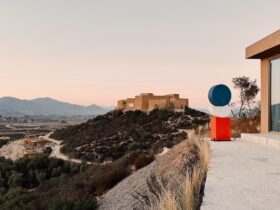

Leave a Reply